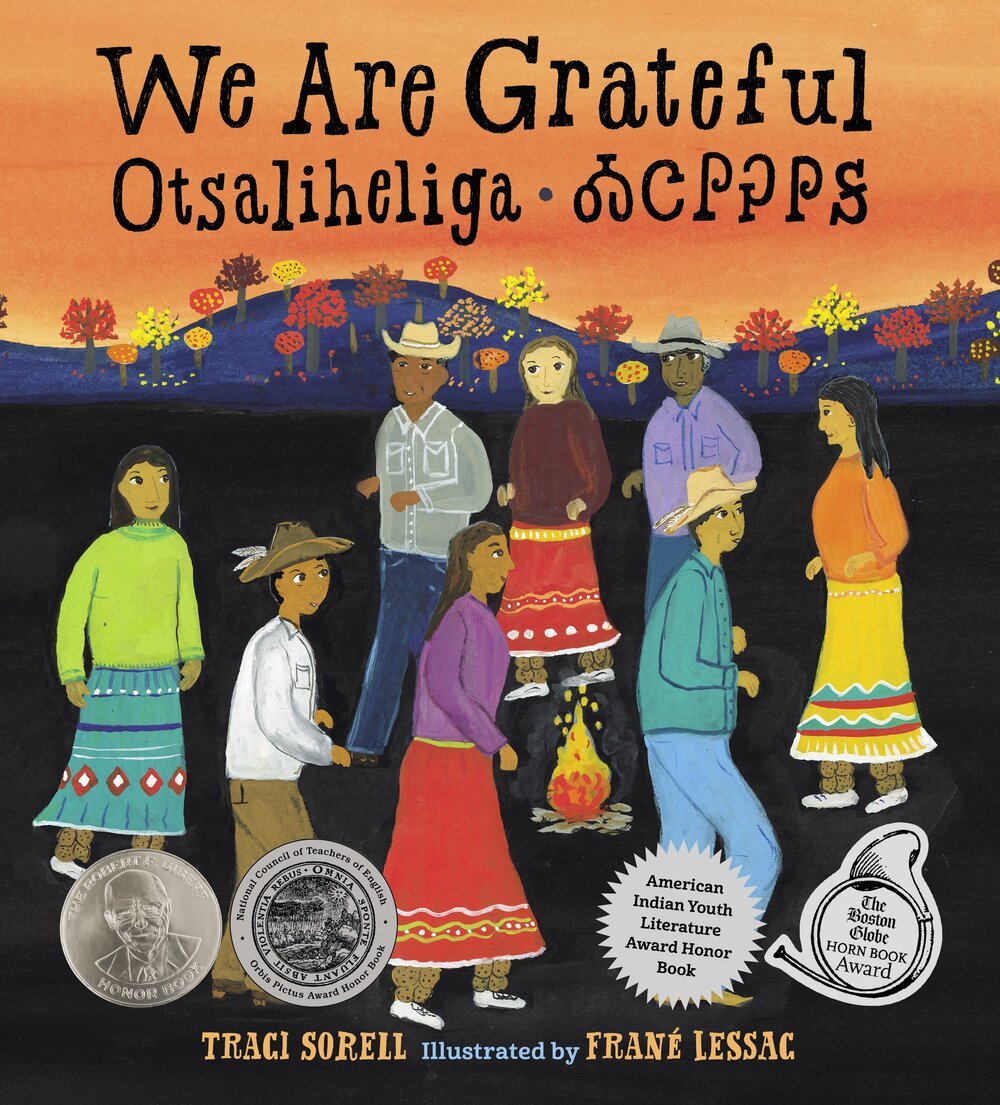As COVID-19 deaths spiked in 2020, Suzanne Firstenberg’s public art installation "In America: How could this happen…"
Museum Artifacts

Grade Range:
5-12
Resource Type(s):
Artifacts, Primary Sources
Date Posted:
12/28/2010
The Army and Navy Prayer of the Confederate States, printed in Richmond in 1865.

Grade Range:
5-12
Resource Type(s):
Artifacts, Primary Sources
Date Posted:
6/11/2009
This is the sixth object in the Roosevelt/Saint-Gaudens object group.
In 1905, President Theodore Roosevelt asked sculptor Augustus Saint-Gaudens to lead an effort to redesign American coinage. Saint-Gaudens developed a design for what many consider the most be

Grade Range:
5-12
Resource Type(s):
Artifacts, Primary Sources
Date Posted:
12/23/2010
The forage cap was introduced just in time to become the signature headgear of the Civil War soldier. This model was the most popular worn by the Union army, officers and enlisted men alike.

Grade Range:
5-12
Resource Type(s):
Artifacts, Primary Sources
Date Posted:
12/28/2010
New Testament owned by James H. Stetson, who was killed at the Battle of Gettysburg.

Grade Range:
5-12
Resource Type(s):
Artifacts, Primary Sources
Date Posted:
12/21/2010
To fight Mexico, the United States had to mobilize, equip, and transport a large force, including both army and navy components.
President James Polk planned a complex campaign. He sent one army under Stephen Kearny to capture New Mexico and then march on to California. Commodore J

Grade Range:
5-12
Resource Type(s):
Artifacts, Primary Sources
Date Posted:
11/30/2010
The compact boarding axe was an effective weapon in close combat. While an effective in hand-to-hand combat, it was more effective as a tool. The boarding axe was used to clear the decks of lines and broken timbers. It was invaluable at removing hot shot which caused devastating fires on board sh

Grade Range:
5-12
Resource Type(s):
Artifacts, Primary Sources
Date Posted:
11/30/2010
During the American War of Independence the French government supplied large quantities of muskets to the Continental army. Several arsenals in France produced muskets but the Charleville Model 1763 was the most common and soon all French muskets were referred to as "Charlevilles." In March 1777,

Grade Range:
5-12
Resource Type(s):
Artifacts, Primary Sources
Date Posted:
12/17/2010
This Sharps rifle was made especially for John Brown, though it bears no maker’s mark or number. Brown carried this weapon on his Kansas campaign in 1856 and later presented it to Charles Blair of Collinsville, Connecticut. In 1857, Brown contracted Blair to forge pikes for the clandestine slav

Grade Range:
5-12
Resource Type(s):
Artifacts, Primary Sources
Date Posted:
12/29/2010
On May 22, 1863, Ulysses Grant sent brigades from three corps of the army to assault Vicksburg. While the assault showed some success, a long bitter struggle ensued and the Confederates quickly restored their original lines of defense. Realizing that the city could not be taken by assault, Grant

Grade Range:
5-12
Resource Type(s):
Artifacts, Primary Sources
Date Posted:
12/30/2010
In September 1861 Ulysses S. Grant was appointed Brigadier General of Volunteers by President Abraham Lincoln. Grant directed Sherman to drive through the South while he himself, with the Army of the Potomac, pinned down Gen. Robert E. Lee's Army of Northern Virginia. On April 9, 1865,



















